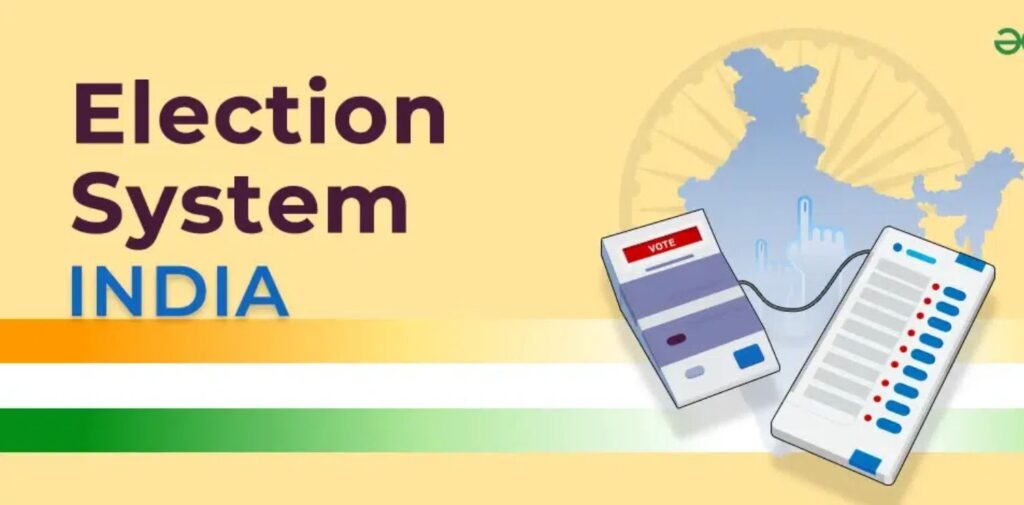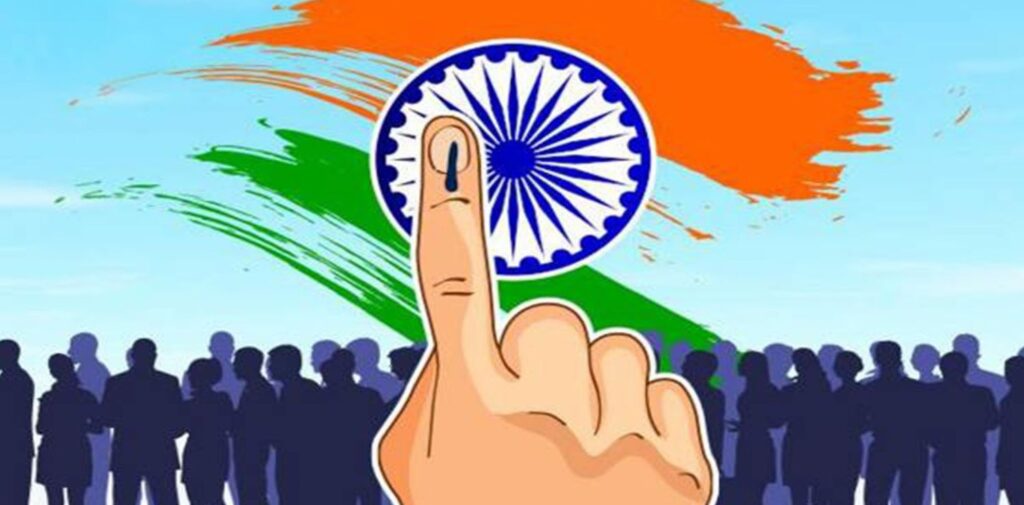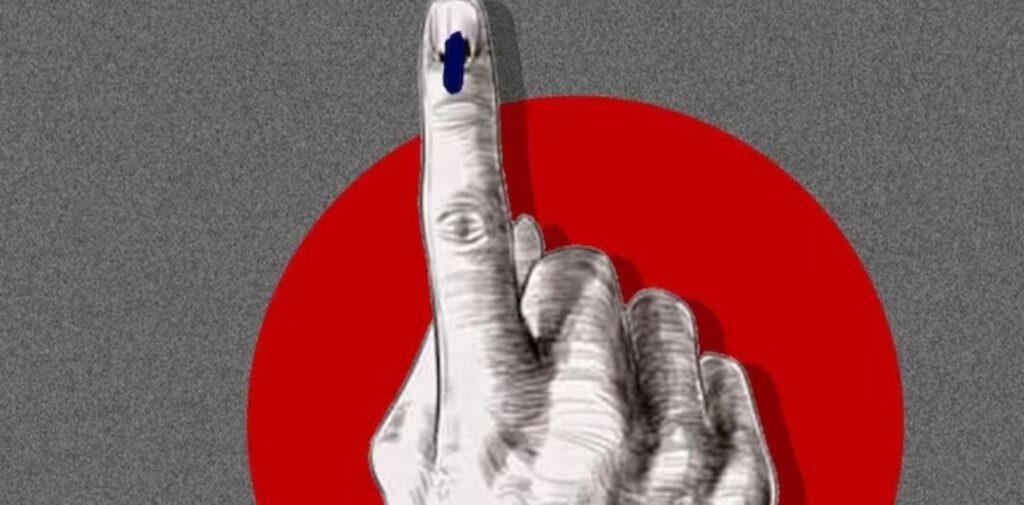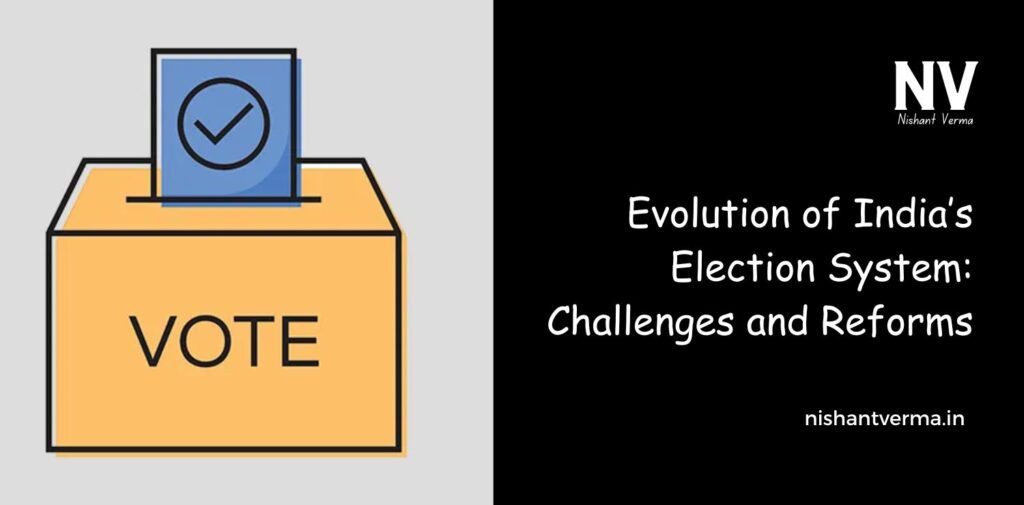India is the world’s largest democracy, meaning that its people have the power to choose their leaders through elections. From the time India gained independence in 1947, the country’s election system has gone through many changes. These changes have helped make the election process more efficient and fair. However, it has not always been easy, and the system has faced many challenges along the way. In this article, we will explore the journey of India’s election system, the problems it faced, and the reforms that have been introduced to improve it.
The Beginning of India’s Election System
When India became independent in 1947, the country was faced with the task of building a government that represented its diverse population. At that time, India had more than 300 million people, and most of them were not educated about politics. The challenge was to ensure that every citizen, regardless of where they lived or their education level, could take part in the democratic process.
India’s first general election was held in 1951-52. This was a massive event, as it was the first time that people across the country got to vote for their leaders. The election process was complicated, with voting done using paper ballots. The Election Commission of India, which was set up to oversee the elections, had to make sure that the elections were fair and free from any kind of manipulation or unfair influence.

The Challenges in the Early Years
While the elections were an important step for a newly independent country, the process faced several challenges in the early years.
- Lack of Education and Awareness: In the early years of independence, a large portion of India’s population was not educated. Many people did not fully understand the importance of voting or how to vote correctly. This meant that there were mistakes made during elections, such as people casting votes for the wrong candidates or not knowing where to vote.
- Geographical Barriers: India is a huge country with diverse landscapes, including mountains, rivers, forests, and deserts. Many people in rural areas lived far away from voting centers, which made it difficult for them to reach polling stations. The lack of transportation and infrastructure also added to the problem, especially in remote regions.
- Political Influence and Corruption: Another challenge in the early years was the influence of political parties and leaders who sometimes used money, power, or force to influence the election results. This made the elections unfair in some parts of the country. Some candidates used unethical methods like bribing voters or threatening them to vote a certain way.
The Importance of the Election Commission
The Election Commission of India, which was established in 1950, has played a vital role in addressing many of these challenges. The Election Commission is an independent body responsible for organizing free and fair elections. Over the years, the Election Commission has introduced several reforms to improve the election process.
One of the major steps taken by the Election Commission was the introduction of electronic voting machines (EVMs) in the 1990s. Before EVMs, elections were conducted using paper ballots, which were more prone to errors and fraud. The introduction of EVMs made the voting process faster and more accurate.

Key Reforms in India’s Election System
India’s election system has undergone several reforms to make the process more inclusive, transparent, and efficient. These reforms have helped strengthen democracy and ensure that elections are fair for everyone.
- Introduction of Voter ID Cards: In 1993, the government introduced voter identity cards to make sure that only eligible voters could cast their votes. This helped reduce voter fraud, as it became easier to check if a person was eligible to vote. Voter ID cards also made it easier for people, especially in rural areas, to prove their identity during elections.
- Use of Electronic Voting Machines (EVMs): As mentioned earlier, the introduction of EVMs in the 1990s revolutionized the voting process. EVMs reduced the chances of mistakes and fraud in the election process. The machines made voting quicker and more secure, as the votes could be counted more efficiently, reducing human errors and manipulation.
- Decreasing Influence of Money and Muscle Power: Over the years, political parties and the Election Commission have worked together to reduce the influence of money and muscle power during elections. For example, candidates now have to submit a detailed account of the money they spend during their campaigns. The Election Commission also monitors election campaigns to ensure that they follow the rules.
The Role of Technology in Modern Elections
In recent years, technology has played an important role in making India’s elections more efficient. The introduction of the Internet and social media has made it easier for political parties and candidates to communicate with voters. Social media platforms like Facebook, Twitter, and WhatsApp have become important tools for sharing information about candidates and their policies. However, it has also raised concerns about the spread of false information or “fake news” during elections.
To address these concerns, the Election Commission has started taking steps to monitor online content and prevent the spread of fake news. Social media platforms are now required to follow certain rules to ensure that they do not become a source of misinformation.

Challenges Still Faced by India’s Election System
Even though many reforms have been introduced, India’s election system still faces some challenges that need attention.
- Voter Turnout: Despite the improvement in accessibility, voter turnout remains a challenge, especially in rural areas. Many people still do not understand the importance of voting or face difficulties in reaching polling stations. Awareness campaigns and better transportation systems are needed to encourage more people to vote.
- Gender Gap in Voting: In some areas of India, women are less likely to vote than men. This is due to social and cultural barriers, as well as a lack of awareness about their voting rights. The government and various organizations have been working to encourage more women to vote, but the gender gap remains a challenge.
- Election Violence and Conflict: While elections in India are generally peaceful, there have been instances of election-related violence, especially in some regions. Political parties sometimes use violence or threats to intimidate voters and influence results. The government and Election Commission are working to reduce this violence by increasing security during elections.
- False Information and Fake News: As mentioned earlier, the rise of social media has led to the spread of fake news and misleading information during elections. This can influence voters and sometimes create confusion or conflict. The Election Commission has taken steps to monitor social media and take action against those spreading false information.
Conclusion: India’s Election System
India’s election system has come a long way since the first general election in 1951. Over the years, the system has become more inclusive, efficient, and transparent. The introduction of voter ID cards, electronic voting machines, and reforms to reduce corruption have all helped strengthen India’s democracy.
However, challenges still exist. Issues like low voter turnout, election violence, and the spread of fake news need to be addressed to ensure that every election is free and fair. With the continued support of the Election Commission, the government, and the people, India’s election system will continue to evolve and become better with each passing year.
In the end, the most important thing is that every citizen of India understands the power and responsibility they have as voters. Elections are not just about choosing leaders; they are about shaping the future of the country. By voting wisely, each citizen plays a role in making India a stronger and more democratic nation.




